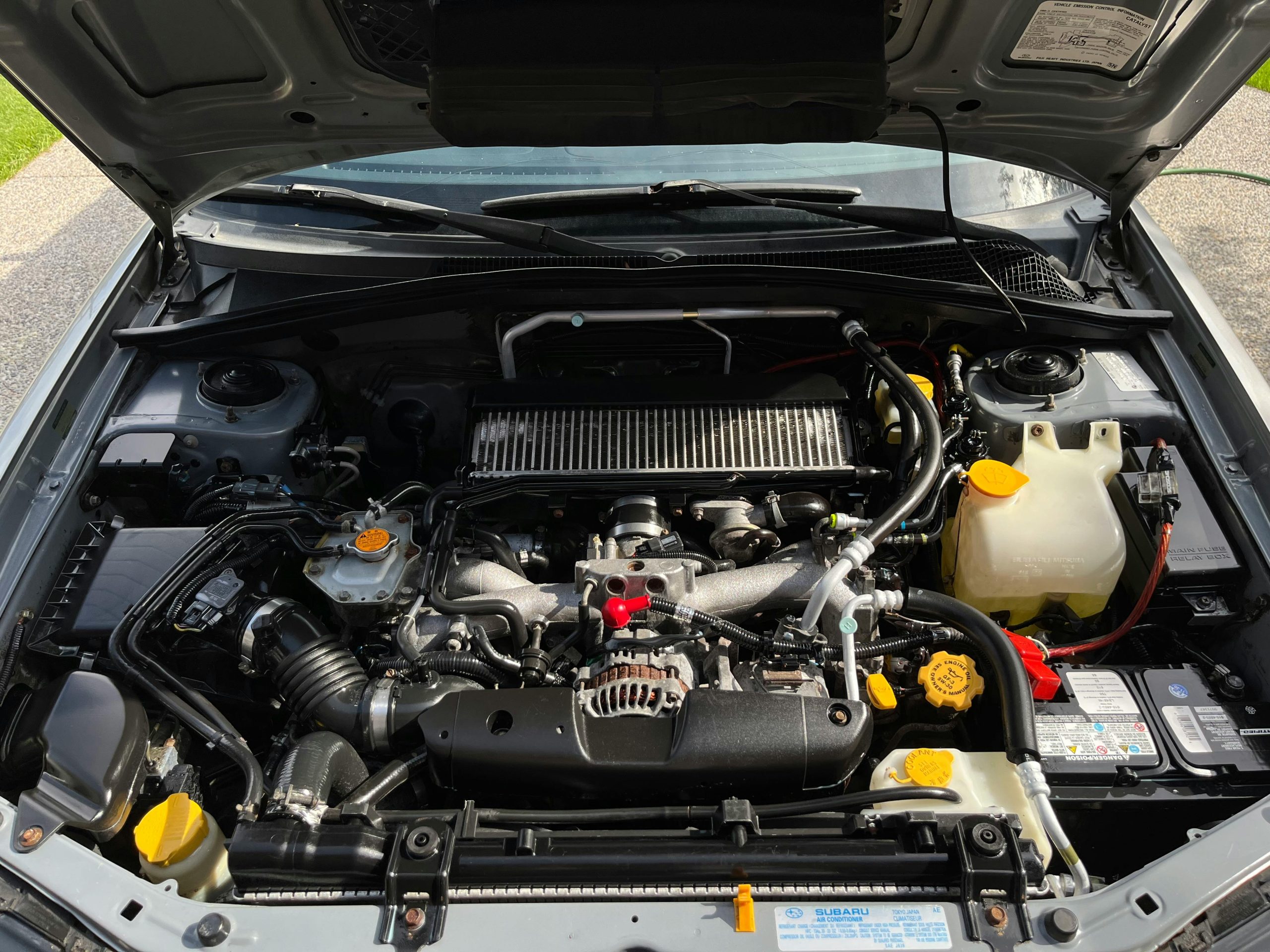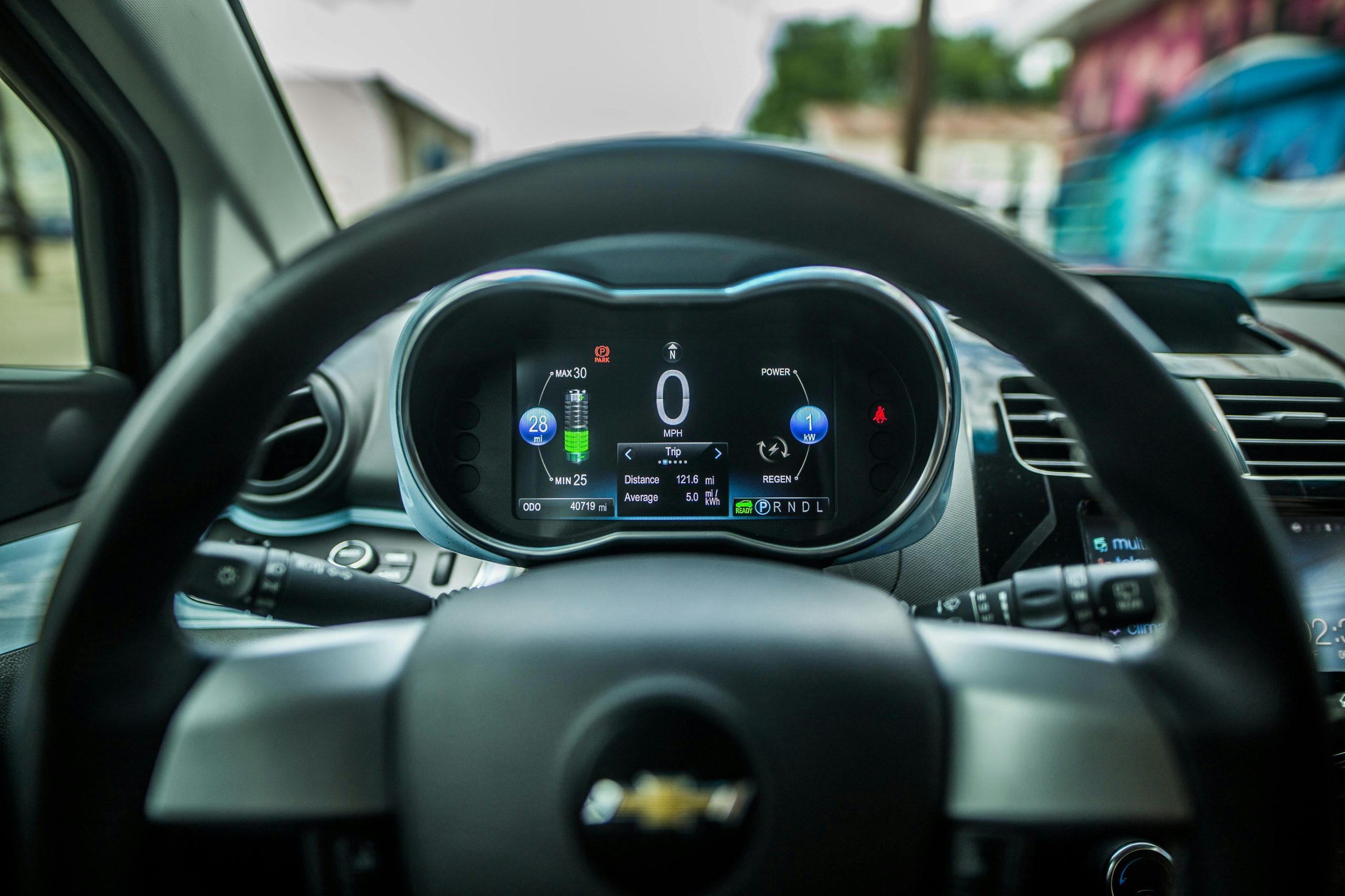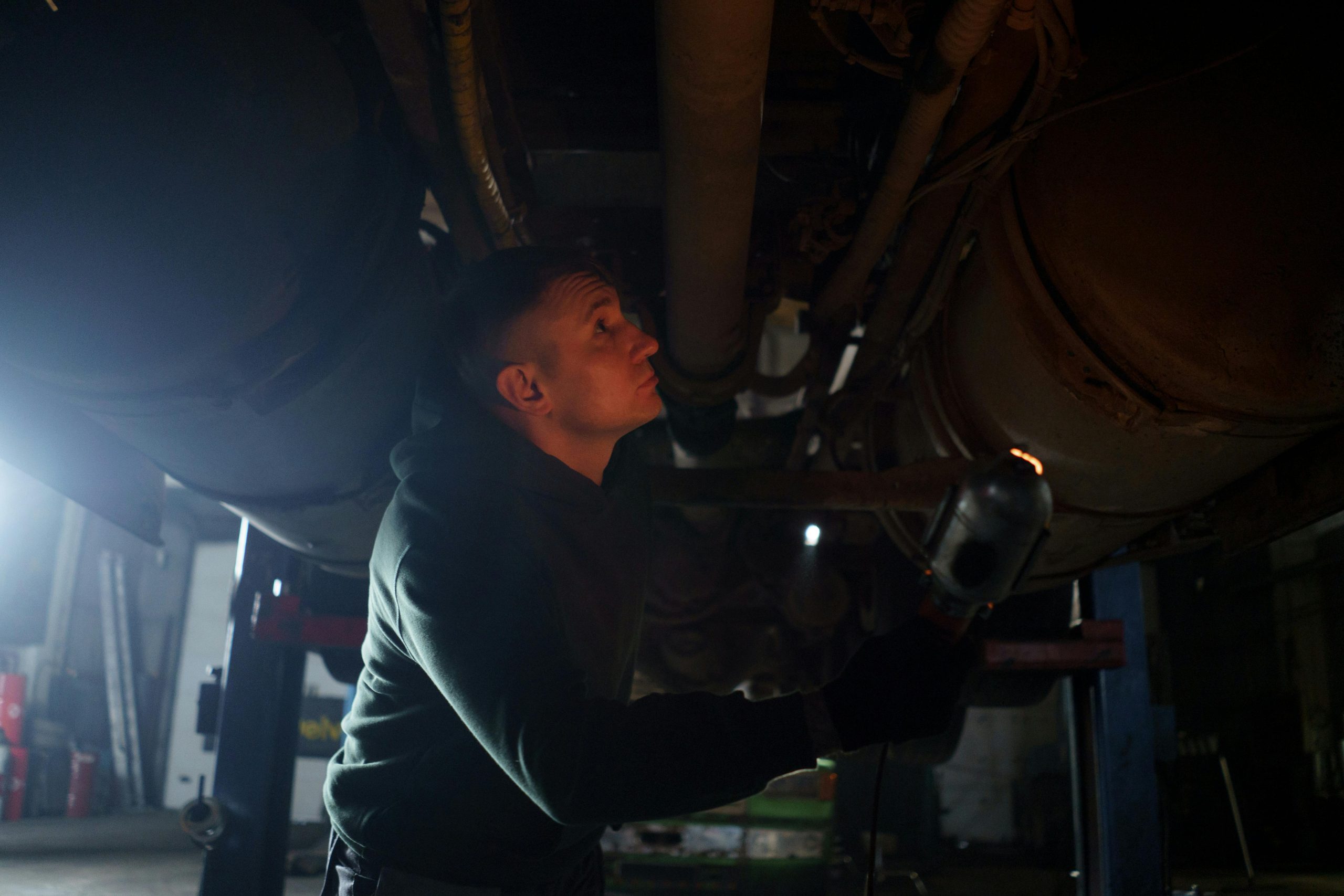Car hesitation during acceleration is one of the most frustrating problems drivers can experience.
Whether you’re trying to merge onto a highway or pass another vehicle, a lack of responsiveness can be both annoying and potentially dangerous. Understanding the causes behind this issue can help you pinpoint the problem and address it effectively.
In this article, we’ll explore the top causes of car hesitation during acceleration and provide insights into how you can resolve them.
1. Fuel System Issues
The fuel system plays a crucial role in delivering the right amount of fuel to the engine. Problems within this system can lead to hesitation during acceleration.
- Clogged Fuel Injectors: Over time, fuel injectors can become clogged with dirt or debris, preventing them from delivering fuel efficiently. This leads to uneven fuel distribution, causing hesitation when you press the gas pedal.
- Weak Fuel Pump: A failing fuel pump may not be able to supply the engine with enough fuel, particularly during acceleration when demand is higher.
- Dirty Fuel Filter: The fuel filter ensures that contaminants are kept out of the fuel system. If it becomes clogged, it can restrict fuel flow, resulting in hesitation.
Solution:
Regular maintenance, such as cleaning or replacing fuel injectors and filters, can prevent these issues. If the fuel pump is weak, it may need to be replaced.
2. Air Intake Problems
Engines need a proper balance of fuel and air to function correctly. If the air intake system is compromised, hesitation during acceleration can occur.
- Dirty Air Filter: A clogged air filter restricts the flow of air into the engine, causing poor performance and hesitation.
- Faulty Mass Airflow Sensor (MAF): The MAF sensor measures the amount of air entering the engine. If it provides inaccurate readings, the air-to-fuel ratio may become imbalanced.
Solution:
Check and replace air filters regularly. If you suspect a faulty MAF sensor, have it inspected and cleaned, or replace it if necessary.
3. Ignition System Failures
The ignition system is responsible for igniting the air-fuel mixture in the engine. Any malfunction in this system can lead to misfires and hesitation.
- Worn Spark Plugs: Spark plugs that are old or damaged may not ignite the fuel properly, causing hesitation.
- Faulty Ignition Coils: These coils provide the high voltage needed to create a spark. If they’re failing, the spark may be weak or inconsistent.
- Bad Plug Wires: Damaged spark plug wires can disrupt the electrical flow to the plugs, leading to hesitation.
Solution:
Inspect and replace spark plugs, ignition coils, and plug wires as needed. Following your car manufacturer’s maintenance schedule is key to avoiding these problems.
4. Transmission Problems
Transmission issues can also cause hesitation during acceleration, particularly if the problem affects how power is delivered to the wheels.
- Slipping Transmission: If the transmission is slipping, it may not properly transfer engine power to the drivetrain.
- Delayed Gear Shifts: Faulty sensors or low transmission fluid can cause delays in shifting gears, leading to hesitation.
Solution:
Check your transmission fluid levels and top them off if necessary. If the issue persists, have the transmission inspected by a professional mechanic.
5. Vacuum Leaks
Vacuum leaks can disrupt the engine’s ability to maintain the proper air-to-fuel ratio, leading to hesitation.
- Cracked or Disconnected Hoses: Vacuum hoses play a critical role in engine performance. If they’re cracked or disconnected, they can cause air leaks.
- Faulty Intake Manifold Gasket: The intake manifold gasket seals the manifold to the engine. If it leaks, unmetered air can enter the system, causing hesitation.
Solution:
Inspect the vacuum hoses and intake manifold for leaks. Replace any damaged components to restore normal performance.
6. Throttle Body Issues
The throttle body controls the amount of air that enters the engine. If it’s not functioning correctly, hesitation can occur.
- Dirty Throttle Body: Carbon buildup can clog the throttle body, restricting airflow and causing sluggish acceleration.
- Faulty Throttle Position Sensor (TPS): The TPS monitors the throttle body’s position. If it fails, the engine may not respond correctly to acceleration input.
Solution:
Clean the throttle body regularly and replace a faulty TPS if necessary.
7. Catalytic Converter Problems
The catalytic converter is part of your car’s exhaust system. If it’s not working properly, it can create backpressure that affects engine performance.
- Clogged Catalytic Converter: A clogged converter restricts exhaust flow, which can reduce engine efficiency and cause hesitation.
- Overheating: Excessive heat can damage the catalytic converter, leading to poor performance.
Solution:
Have your exhaust system inspected if you suspect an issue. Replacing a faulty catalytic converter is often the only solution.
8. ECU or Sensor Malfunctions
Modern cars rely heavily on the Engine Control Unit (ECU) and sensors to monitor and control performance. Any malfunction in these systems can lead to hesitation.
- Oxygen Sensor Issues: The oxygen sensor monitors the exhaust gases to maintain the correct air-to-fuel ratio. A faulty sensor can cause hesitation.
- ECU Errors: Software glitches or faulty programming in the ECU can disrupt engine performance.
Solution:
Use an OBD-II scanner to diagnose sensor or ECU issues. Repair or replace defective components as needed.
9. Low-Quality Fuel
The type of fuel you use matters. Low-quality or contaminated fuel can cause hesitation during acceleration.
Solution:
Stick to high-quality fuel from reputable sources and consider using a fuel system cleaner to remove any contaminants.
Final Thoughts
Car hesitation during acceleration can stem from a variety of issues, ranging from minor maintenance problems to more complex system failures.
Regular upkeep and timely inspections can prevent many of these problems and ensure smooth performance.
If your car continues to hesitate, consult a trusted mechanic to identify and resolve the underlying issue. With proper care and attention, you can enjoy a safe and responsive driving experience.



